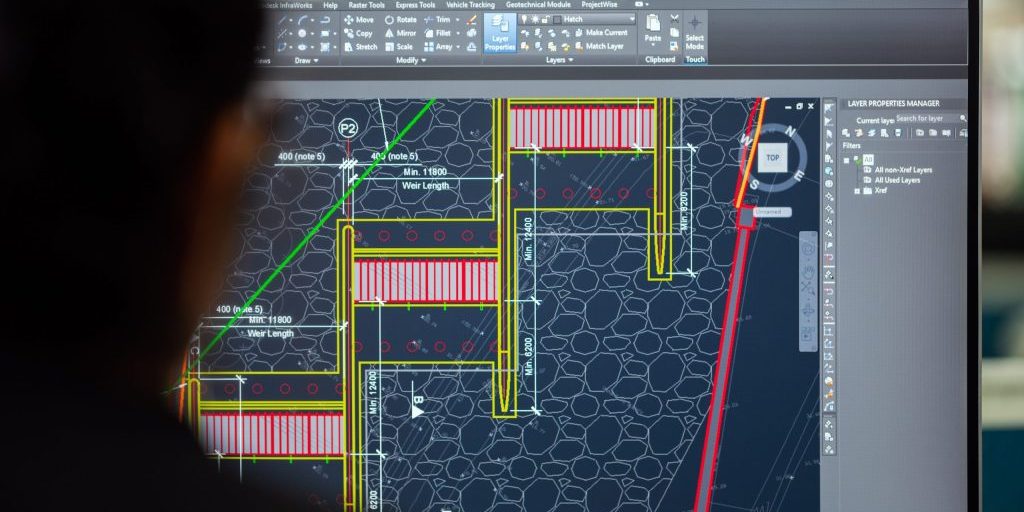Summary
The associated software size, complexity, interdependencies, reliance-on, and software assurance related challenges continue to increase. DoD programs are challenged to consistently develop and deliver high quality software systems that fully meet the warfighter’s operational needs and that are safe, secure, reliable, maintainable and scalable. The common challenges that prevent consistent software development and delivery are well documented and known. The primary reason for software project failure is usually not due to the lack of technical expertise by the software development engineers; but rather due to poor project estimation, planning and control.
There are some DoD software projects that have been consistently successful with regards to cost, schedule, technical, quality and operational performance. These projects span a wide range of missions (e.g. strategic, tactical), development methodologies (e.g. nuclear certified, waterfall, agile, rapid prototyping), complexity (numerous interfaces to external systems to stand-alone), and sizes (multi-million lines of code to tens of thousands); and they all utilize many of the same software system acquisition and development techniques to ensure success.
The common keys to success include utilizing a software system acquisition approach that relies on government software engineers to not just monitor/review industry software efforts, but also perform hands-on architecting, designing, coding, integrating, and testing of a subset of the complex software components for mission critical systems. This teaming approach combined with data-driven project-management and technical execution best practices has been successfully utilized for decades for several mission critical warfare programs and has consistently resulted in the delivery of high quality, safe, reliable, multi-mission-platform capable and operationally successfully software systems that were developed within cost and schedule constraints.
References
- Assistant Secretary of the Navy Research Development and Acquisition (ASN/RDA), Chief Engineer, Software Process Initiative Software Acquisition Management Focus Team, “As-Is and To-Be State Reports”, 2007, 2008.
- Assistant Secretary of the Navy Research Development and Acquisition (ASN/RDA), ASN/RDA Memo: “Department of the Navy (DoN) Software Measurement Policy for Software Intensive Systems”, July 2009.
- Assistant Secretary of the Navy Research Development and Acquisition (ASN/RDA), ASN/RDA Memo: “Strategy to Balance Acquisition In-House and Contractor Support Capabilities”, December 2008.
- Assistant Secretary of the Navy Research Development and Acquisition (ASN/RDA), ASN/RDA Memo: “Meeting of the Navy Laboratory/Center Competency Group”, November 2008.
- Government Accounting Office (GAO), Report to Congressional Committees Best Practices, February 2008.
- Office of the Under Secretary of Defense for Acquisition, Technology and Logistics, Report of the Defense Science Board (DSB) Task Force on Developmental Test and Evaluation, May 2008.
- Office of the Under Secretary of Defense for Acquisition, Technology and Logistics, Report of the Defense Science Board (DSB) Task Force on Defense Software, November 2000.
- Secretary of Defense (SECDEF), SECDEF Memo: “Department of the Navy Acquisition”, December 2008.
- Senator Carl Levin, U.S. Senate Committee of Armed Services Press Release, March 2009.


